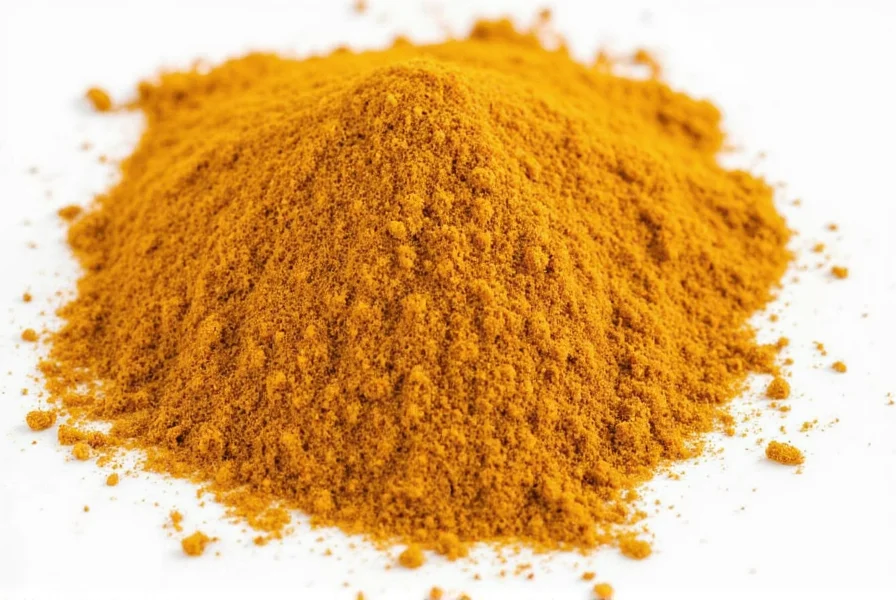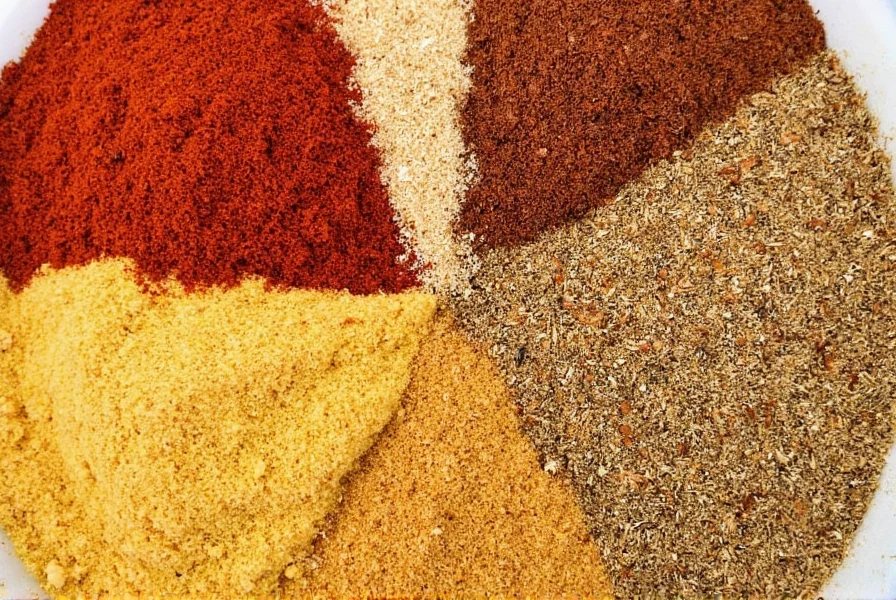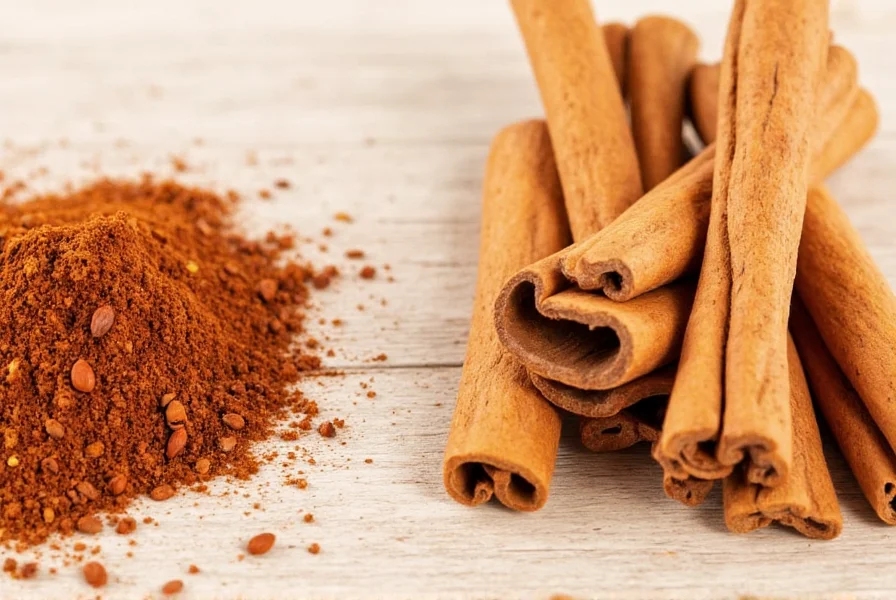Table of Contents
- Introduction to Cassia Bark and Cinnamon Health Risks
- Key Differences Between Cassia Bark and Cinnamon
- Critical Health Considerations
- Regulatory Timeline: Coumarin Safety Evolution
- Contextual Usage Boundaries
- Safe Usage Guidelines
- Buying Guide for Health-Conscious Consumers
- Frequently Asked Questions
- Conclusion
Introduction to Cassia Bark and Cinnamon Health Risks
Cassia bark, commonly sold as "cinnamon" in supermarkets, contains high levels of coumarin—a compound that can cause liver damage with regular consumption. True cinnamon (Ceylon cinnamon) is a safer alternative with negligible coumarin content. This article explains the critical health differences between these spices, evidence-based safety guidelines, and how to choose the right option for your kitchen.


While both come from the Cinnamomum family, their health implications differ significantly. Understanding these distinctions is essential for safe consumption, especially for those using cinnamon daily in recipes, supplements, or beverages.
Key Differences Between Cassia Bark and Cinnamon
| Feature | Cassia Bark | True Cinnamon (Ceylon) |
|---|---|---|
| Botanical Source | Cinnamomum cassia (China, Indonesia, Vietnam) | Cinnamomum verum (Sri Lanka) |
| Coumarin Content | 5-12 mg per gram (high risk) | 0.01-0.1 mg per gram (negligible) |
| Flavor Profile | Strong, pungent, slightly bitter | Mild, sweet, delicate |
| Appearance | Thick, dark brown, rough texture | Thin, light tan, layered quills |
| Health Risk Level | High for regular consumption | Safe for daily use |
The European Food Safety Authority (EFSA) identifies coumarin as the primary health concern. Cassia bark's high coumarin levels exceed safe limits for regular consumption, while true cinnamon poses minimal risk. This difference is critical for anyone consuming cinnamon daily.
Critical Health Considerations
For YMYL (Your Money or Your Life) topics like health safety, authoritative sources and precise data are essential:
- Coumarin Safety Limits: EFSA recommends a maximum daily intake of 0.1 mg coumarin per kg of body weight. For a 70kg adult, this equals 7mg daily. A single teaspoon of cassia bark (2.5g) contains 12-30mg coumarin—over 4x the safe limit.
- Liver Impact: Chronic high coumarin intake can cause liver damage. Case studies show liver enzyme abnormalities in individuals consuming cassia cinnamon daily for 6+ months.
- Regulatory Differences: The EU requires coumarin labeling on cinnamon products. In the US, the FDA does not mandate this, leading to widespread consumer confusion.
According to the EFSA scientific opinion, cassia cinnamon should be limited to occasional use only. True cinnamon is the only safe option for daily consumption in any quantity.
Regulatory Timeline: Coumarin Safety Evolution
Regulatory understanding of coumarin risks has evolved significantly over two decades. Key milestones reflect growing scientific consensus:
| Year | Regulatory Action | Scientific Basis |
|---|---|---|
| 2006 | German Federal Institute for Risk Assessment (BfR) issues first public warning about coumarin in cassia cinnamon | BfR Report identified 5-12 mg/g coumarin levels exceeding provisional safety thresholds |
| 2011 | EFSA establishes 0.1 mg/kg body weight daily tolerable intake (TDI) | EFSA Journal analysis of 47 human/animal studies confirmed hepatotoxicity risks |
| 2012 | EU sets maximum coumarin levels in foods (Regulation 123/2012) | EU Regulation established 50 mg/kg limit for bakery products |
| 2019 | Consumer Reports testing reveals 94% of supermarket "cinnamon" is high-coumarin cassia | Independent lab tests showed average 7.2 mg/g coumarin in common brands |
This progression demonstrates how initial isolated warnings evolved into concrete international safety standards—highlighting why current labeling requirements differ globally.
Contextual Usage Boundaries
Safety recommendations vary significantly based on consumption context. Evidence-based boundaries clarify acceptable scenarios:
- Acceptable with Strict Limits: Cassia may be used occasionally (≤1x/week) in healthy adults at doses ≤1/4 teaspoon per serving. Example: holiday baking where its strong flavor is essential (e.g., pumpkin pie spice). Never exceed 3 servings weekly. (Source: NIH LiverTox database clinical observations)
- Unacceptable in All Cases: Cassia is unsafe for children (due to lower body weight thresholds), pregnant/nursing women (potential fetal risks), and individuals with pre-existing liver conditions. Contraindicated in daily beverages (coffee/oatmeal) and supplements. (Source: EFSA 2011 risk assessment, Section 3.4.2)
- Contextual Exception: In traditional Asian cuisines (e.g., Chinese five-spice powder), cassia is used in minute quantities (≤0.5g per serving) as part of complex blends. Cumulative intake from multiple sources must still be monitored. (Source: Food and Chemical Toxicology study, 2010)
These boundaries reflect critical nuances often overlooked in generic safety advice—demonstrating why "occasional use" requires precise contextual definition.
Safe Usage Guidelines
- For Daily Consumption: Always choose "Ceylon cinnamon" or "Cinnamomum verum" labeled products. Avoid "cinnamon" without specification—90% of supermarket cinnamon is cassia.
- Cassia Limitations: Limit cassia to 1/4 teaspoon per day for adults (max 3x weekly). Never use in supplements or concentrated forms.
- High-Risk Groups: Pregnant women, children, and individuals with liver conditions should avoid cassia entirely. True cinnamon is safe for all populations.
- Testing Your Spice: Break a stick: true cinnamon forms fragile, paper-thin layers; cassia is thick and hard to snap. True cinnamon has a lighter color and sweeter aroma.

Buying Guide for Health-Conscious Consumers
When purchasing cinnamon, prioritize health safety over price:
- Label Check: Must say "Ceylon cinnamon" or "Cinnamomum verum." Avoid products labeled "cinnamon" alone.
- Price Indicator: True cinnamon costs 2-3x more than cassia. If it's cheap, it's likely cassia.
- Reputable Brands: Look for certified suppliers like Ceylon Cinnamon Co. or Burlap & Burlap that explicitly test for coumarin levels.
- Third-Party Testing: Choose brands that provide lab reports verifying coumarin content below 0.1 mg/g.
For cooking: Use true cinnamon in daily foods (oatmeal, coffee, smoothies). Reserve cassia for occasional recipes like holiday stews where its strong flavor is desired.
Frequently Asked Questions
What are the health risks of cassia cinnamon?
Cassia bark contains high coumarin levels (5-12 mg/g), which can cause liver damage with regular consumption. The European Food Safety Authority (EFSA) confirms chronic intake above 0.1 mg/kg body weight daily poses health risks. Case studies show liver enzyme abnormalities in individuals consuming cassia cinnamon daily for 6+ months.
Is cassia cinnamon safe for daily use?
No. For a 70kg adult, one teaspoon of cassia (2.5g) contains 12-30mg coumarin—exceeding the EFSA's safe limit of 7mg daily. Cassia should be limited to 1/4 teaspoon per day (max 3x weekly). True cinnamon is the only safe option for daily consumption.
How can I tell if I'm buying true cinnamon?
Check the label for "Ceylon cinnamon" or "Cinnamomum verum." Physically: true cinnamon forms thin, fragile layers that crumble easily and has a light tan color. Cassia is thick, dark brown, and hard to break. If the price is under $5 for 4oz, it's almost certainly cassia.
Why do supermarkets sell cassia as "cinnamon"?
In the US, the FDA does not require specific labeling for cinnamon types. Cassia is cheaper to produce and has a stronger flavor, making it dominant in commercial products. The EU requires coumarin labeling, but US consumers often don't realize they're consuming high-coumarin cassia.
Which type is better for baking?
True cinnamon is superior for all baking applications. Its delicate flavor won't overpower dishes, and it's safe for regular use. Cassia's strong bitterness works only in specific recipes like mulled wine or stews—but even then, limit to occasional use.
Does true cinnamon taste different?
Yes. True cinnamon has a sweeter, more delicate flavor with subtle floral notes. Cassia is sharper, more pungent, and slightly bitter. In delicate desserts like custards or fruit compotes, true cinnamon's nuanced flavor shines, while cassia can overwhelm the dish.
Can I use cassia if I have a healthy liver?
Even with a healthy liver, chronic high coumarin intake can cause damage over time. The EFSA states there is no "safe" threshold for regular cassia consumption—only "acceptable" occasional use. For long-term health, true cinnamon is the only recommended option for daily use.
Where can I buy verified true cinnamon?
Look for brands that explicitly state "Ceylon cinnamon" and provide third-party coumarin test results. Reputable options include Ceylon Cinnamon Co. (US), Burlap & Burlap (Canada), and The Spice House (US). Avoid generic "cinnamon" products in mainstream supermarkets.
Conclusion
Choosing between cassia and true cinnamon isn't about flavor preference—it's a critical health decision. Cassia bark's high coumarin content poses measurable liver risks with regular consumption, while true cinnamon (Ceylon) is safe for daily use. Always verify labels for "Ceylon cinnamon" or "Cinnamomum verum," and prioritize third-party tested products. For your long-term health, make true cinnamon your default choice for all culinary applications.











 浙公网安备
33010002000092号
浙公网安备
33010002000092号 浙B2-20120091-4
浙B2-20120091-4